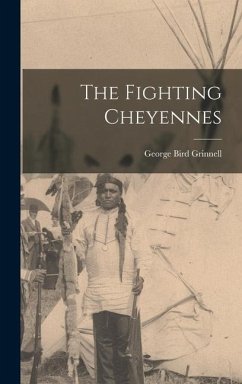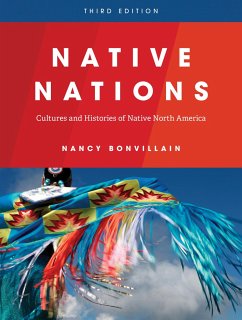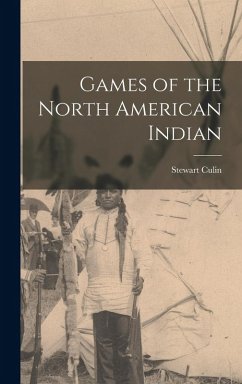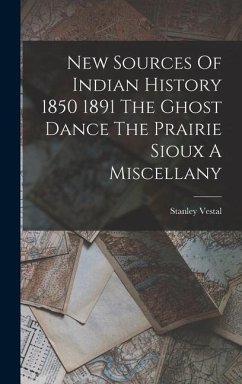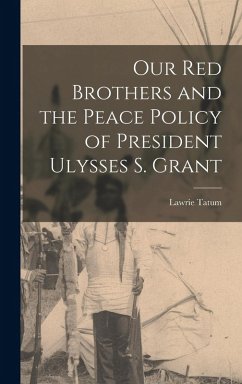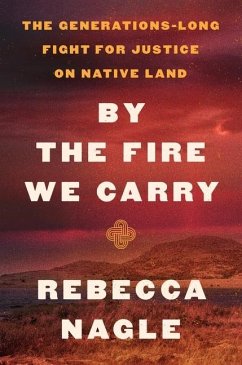Nicht lieferbar

Being Dakota: Tales and Traditions of the Sisseton and Wahpeton
Versandkostenfrei!
Nicht lieferbar
At the beginning of the twentieth century, a few members of the Sisseton Wahpeton Dakota Community in northeastern South Dakota, while living in the white world, quietly worked to preserve the customs and stories of their ancestors in the face of federal government suppression and the opposition of organized religion. Amos E. Oneroad, a son of one of those families, was educated in the traditional ways and then sent east to obtain a college education, eventually becoming a Presbyterian minister. For most of his life, he moved in two worlds. By fortunate coinsidence he met Alanson B. Skinner, a...
At the beginning of the twentieth century, a few members of the Sisseton Wahpeton Dakota Community in northeastern South Dakota, while living in the white world, quietly worked to preserve the customs and stories of their ancestors in the face of federal government suppression and the opposition of organized religion. Amos E. Oneroad, a son of one of those families, was educated in the traditional ways and then sent east to obtain a college education, eventually becoming a Presbyterian minister. For most of his life, he moved in two worlds. By fortunate coinsidence he met Alanson B. Skinner, a student of anthropology and kindred soul, in New York City. The two men formed a bond both personal and professional, Collaborating on anthropological studies in various parts of the United States. The project closest to Oneroad's heart was the collection and preservation of the stories and traditions of the Sisseton and Wahpeton. Oneroad wrote down the stories and gave them to Skinner. The men intended to polish the resulting manuscript and publish it, but skinner's untimely death in 1925 thwarted their plans. Oneroad and Skinner collected descriptions of everyday life, including tribal organization, ceremonies that marked the individual's passage from birth to death, and material culture. Several of the folk tales included relate the exploits of Iktomi, the trickster, while others tell of adventures of such figures as the Child of Love, Star Born, and the Mysterious Turtle. Laural. Anderson, who teaches anthropology at the University of Oklahoma, found the neglected manuscript among Skinner's papers ina California library and has edited it for publication. Being Dakota succeeds in fulfilling itsauthors' original intent by conveying these long-ago stories and traditions to the children and grandchildren, and being true to Amos Oneroad's voice.




